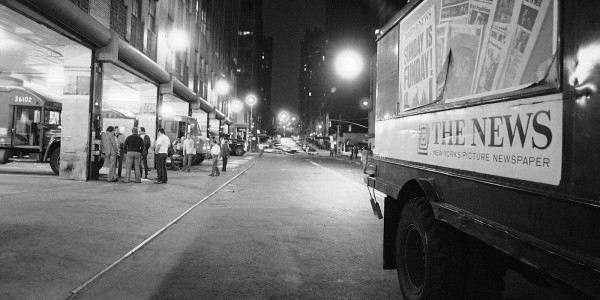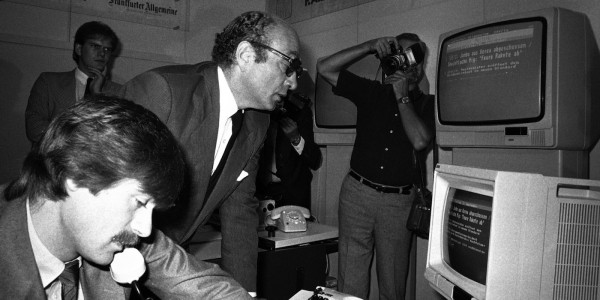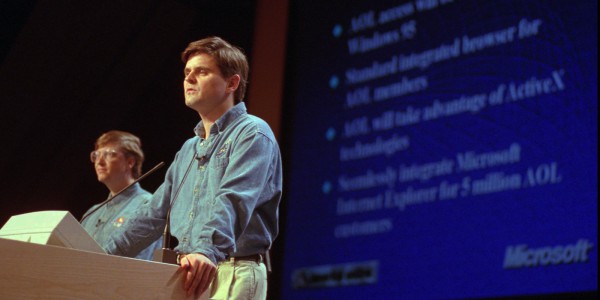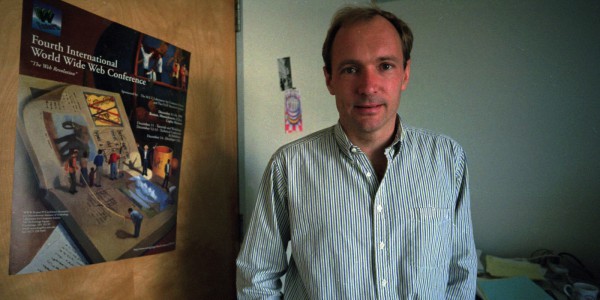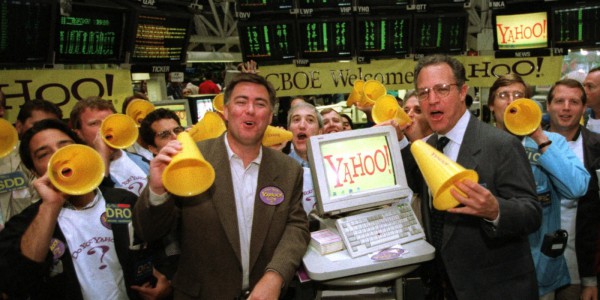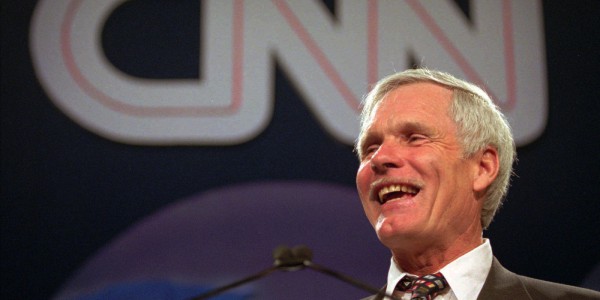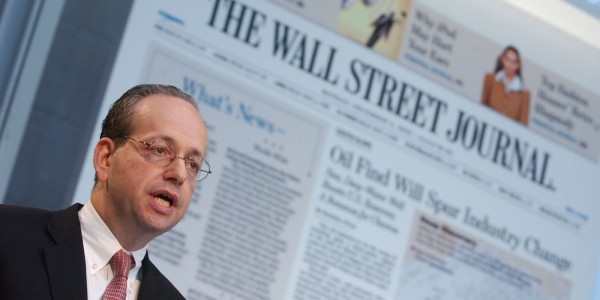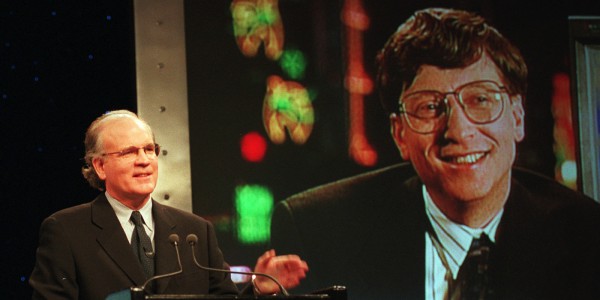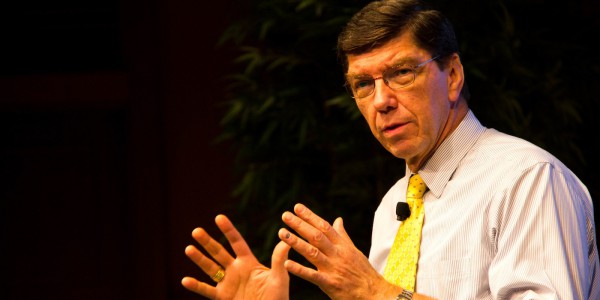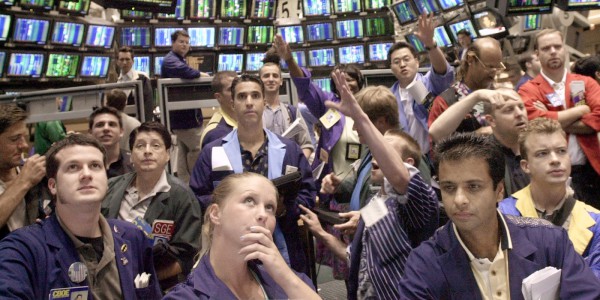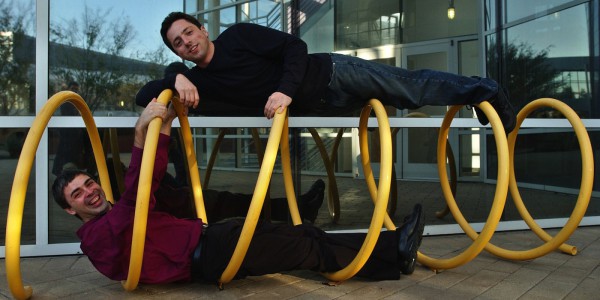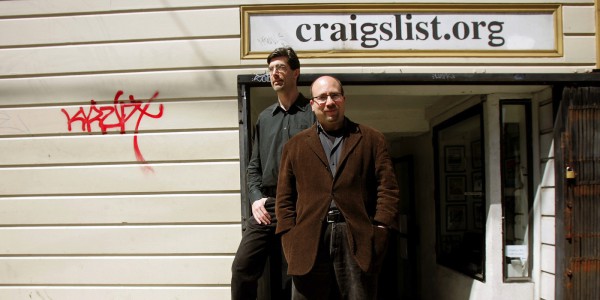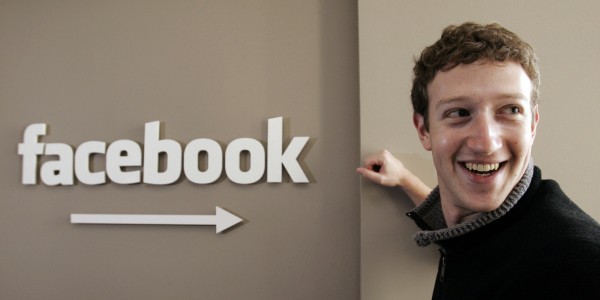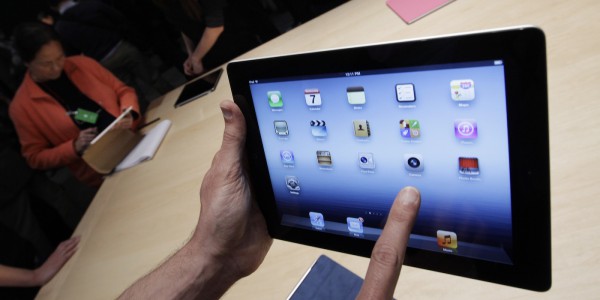Table of contents
Introduction
Setting the stage for an era of creative destruction in the news business.
Chapter 1The Teletext/Videotex Era
When journalism companies invested heavily in early electronic consumer information services, and unalterably helped to set an industry on a collision course with the Internet.
Chapter 2America Goes Online
While the established media giants were shutting down their costly early experiments with electronic distribution, a band of visionary online entrepreneurs were just getting started.
Chapter 3The Big Bang
And then came the World Wide Web, which tore asunder traditional business models in news and information.
Chapter 4The Original Sin
The story of free news on the web and why most news providers felt powerless to stop it.
Chapter 5Then Came Cable
How the entrance by television news organizations into the battle for online audiences helped accelerate the shift in business models for news.
Chapter 6The Return of Newspapers
By the mid 1990s, it looked like traditional media companies might be able to find a killer online business model that combined unfettered web distribution with successful advertising models.
Chapter 7The Nerds and The Newsies
The culture clash between journalism and technology, and how a lack of engineering talent helped precipitate the decline of the traditional news business.
Chapter 8The Innovator’s Dilemma
Traditional news providers may have viewed the web as a "sustaining innovation." But it was the newcomers who turned the Internet into an instrument of disruptive innovation.
Chapter 9Birthing the Blogosphere
While most traditional media companies were using the web to push content to users, a new breed, known as bloggers, was experimenting with a more interactive, conversational model.
Chapter 10The Rising Tide Lifts All Boats
Later everyone recognized the dot-com boom as a bubble, but for a short period in the late 1990s it appeared that nearly every model would create successful business models for news online.
Chapter 11From the Ashes
Amidst the wave of business destruction brought on by the dot-com bust, some of the most potent innovation bubbled up, setting the stage for major disruption in the industry.
Chapter 12Google, The Second Coming
Google got off to an inconspicuous start in 1998 but would come to change everything, creating the world’s most powerful advertising platform.
Chapter 13The Advertising Rollercoaster
Advertising budgets fluctuated wildly in the movement of from traditional outlets to the web, but the net effect was to swap dollars for dimes — a shift for which the industry has yet to find a financially satisfactory answer.
Chapter 14Going Social and Paying to Play
As the Great Recession of 2008 hit the global economy, a new wave of innovation led by social networking, along with other new models for online communication and news, began to form.
Chapter 15Time Will Tell
Where will the creative destruction in the news business take us? Several of our interview subjects look ahead to where the road may be leading.
Tech BeatReporters Covering the Digital Era Assess the News Business’s Struggle to Transform
Attendees at the annual PC Forum, Phoenix, Arizona, February 5-8, 1984. Among those pictured are, standing from left, Michele Preston, from L.F. Rothschild, Unterberg, Towbin, Bill Gates, from Microsoft, and Esther Dyson, from Rosen Research/EDventure. (Photo by Ann E. Yow-Dyson/Getty Images)
